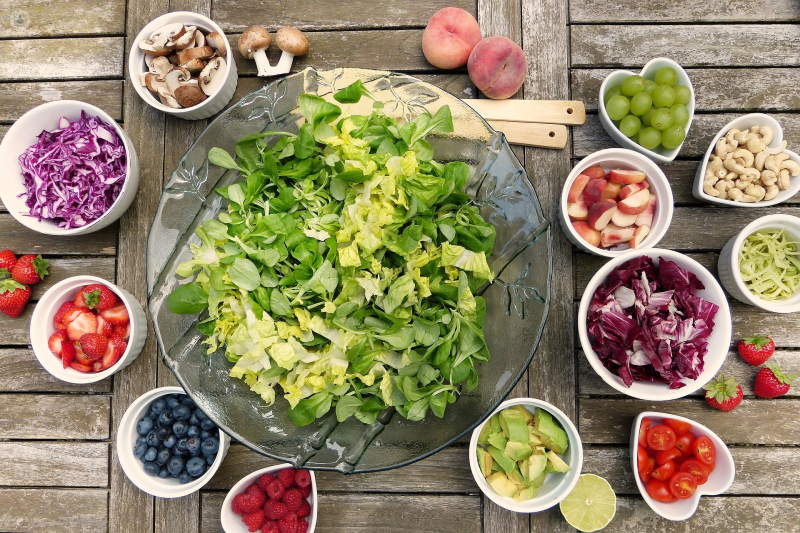Anti-cellulite diet
What is it?
Cellulite, which is often said to have the appearance of dimpled orange peel, is a build-up of fat that makes the skin look bumpy. It is most commonly seen in the legs, stomach, and buttocks. It is one of the most common aesthetic concerns, and although there isn’t a cure for it, there are steps that can be taken that help lessen its appearance. The anti-cellulite diet should be a balanced diet, high in fibre, with lots of fruit and vegetables, with little fat or sugar, and low in salt.

What can I do to try and get rid of cellulite?
In order to get rid of cellulite, the following guidelines are recommended:
- Drink at least two litres of water a day to help remove excess liquids and toxins
- Avoid smoking and alcohol consumption
- Self-massage the area
- Ensure good skin hydration.
Why would you do it?
This diet is used to improve overall health and to reduce the severity of the appearance of cellulite. Cellulite treatment involves following a balanced diet and regularly doing exercise that help prevent a build-up of fluids and improve blood circulation.
What does it involve?
The anti-cellulite diet involves avoiding greasy food that build up in fat cells called adipocytes. It aims to limit carbohydrates, sugar, and lipids inside the cells as well. It is also important to exercise regularly.
The benefits include helping to:
- Improve circulation
- Balance calories
- Avoid water retention
Some of the diet guidelines include:
- Eating fruits such as; pineapple, strawberries, citrus fruits
- Vegetable broths
- Wholegrain carbohydrates
- Grilled or steamed white meat with little oil
- White fish
- Avoid alcohol consumption
How to prepare for it
It is important to adapt the diet to your needs and lifestyle and a nutritionist or dietitian can take the patients’ needs into account as well.
Post-treatment care
After starting the anti-cellulite diet, it is recommended to stick to the healthy eating habits acquired. The aim of the diet is to reduce cellulite and generally improve any condition in order to help the patient lead a healthier lifestyle. You can find out more about cellulite treatment and the anti-cellulite diet by visitng a specialist in cellulite today.
